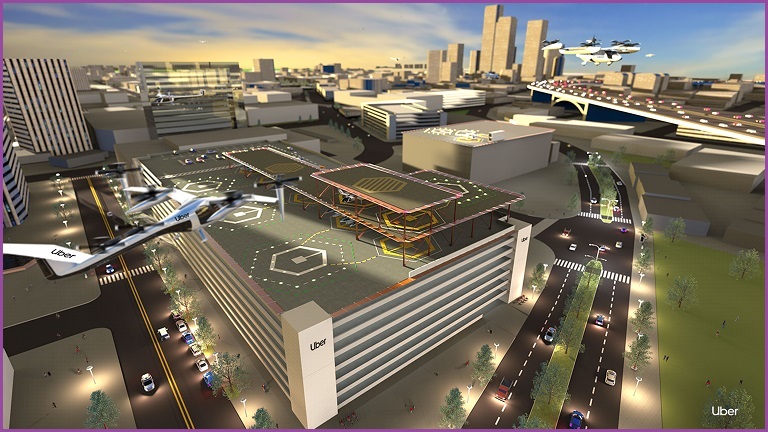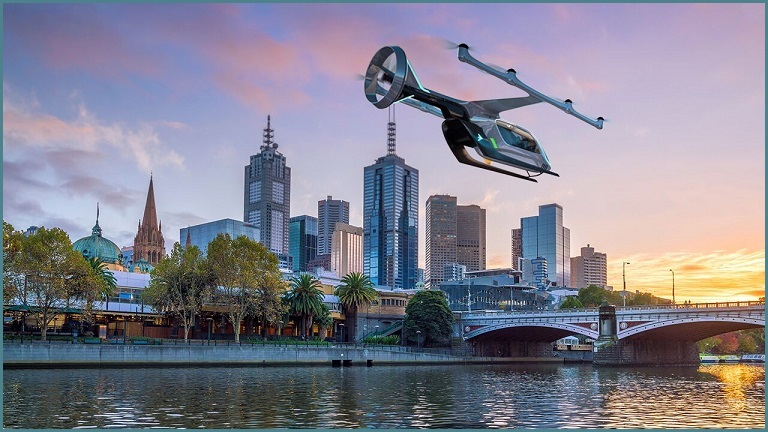Melbourne will be the third city in the world to host Uber’s flying taxi trial in 2020.
It will also trial the service in Los Angeles, California, and Dallas-Fort Worth, Texas.
Commercial flights are slated to begin in 2023.
Susan Anderson, Uber’s General Manager of Australia, New Zealand and North Asia, made the announcement at the Uber Elevate Summit 2019 in Washington.
“Australian governments have adopted a forward-looking approach to ridesbbharing and future transport technology,” Anderson said.
“This coupled with Melbourne’s unique demographic and geospatial factors, and culture of innovation and technology, makes Melbourne the perfect third launch city for Uber Air.
“We will see other Australian cities following soon after.”
Uber Air will transport users with a fleet of electric vertical take-off and landing vehicles (eVTOL) which will pick passengers up from rooftops and ‘skyports’ around the city.
Peter Gibson, a spokesperson for the Civil Aviation Safety Authority (CASA) told ABC Radio Melbourne that Uber Air still has a lot of challenges to overcome.
“You’ve got the certification of brand new aircraft types, being an electric aircraft with vertical take-off – quite different to anything we’re seeing flying today,” Gibson said.
“You’ll have the places from which these aircraft will fly and the management of the airspace that they fly through.
“And of course you’ll have the training for anyone who is operating these systems.”
Uber Air vehicles will be initially piloted on-board but Uber’s long-term goal is to move toward remote control and, eventually, autonomous aircraft.

Similar to remote control drones and quadcopters – that are already being used to deliver organs and fight fires raging through 850-year-old cathedrals – the Uber eVTOL will have multiple rotors to provide lift and movement.
Small, commercial quadcopters make a loud buzzing sound and helicopters are extremely noisy – so how will Melburnians fare with a fleet of flying cars traveling through their city?
Uber claims its eVTOL will be 32 times quieter than traditional helicopters – a claim that Dr Matthew Marino, Lecturer and Researcher in RMIT’s School of Aerospace Engineering and Aviation, thinks could be possible.
“What we find in research, and we have developed large drones at RMIT, is that the noise frequency lowers the bigger they get,” Marino said.
“And there is plenty more research being done to lower the noise signature of drones.”
For Uber Air to ever be viable, it also needs to have the right price tag but Uber expects its flying taxi will one day be as cheap as its most basic service.
Marino thinks this could be viable given that much of the required hardware is already in existence.
“There is some off-the-shelf componentry you can use today to put something together quick and easy,” he said.
“We’ve entered the GoFly competition and put together a drone on a limited budget to carry one person – a dummy at least – and could get that system off the ground.
“So if a team of undergraduate students can get together and build that technology, who’s to say what Uber, with far more money and capacity, can’t do?”










